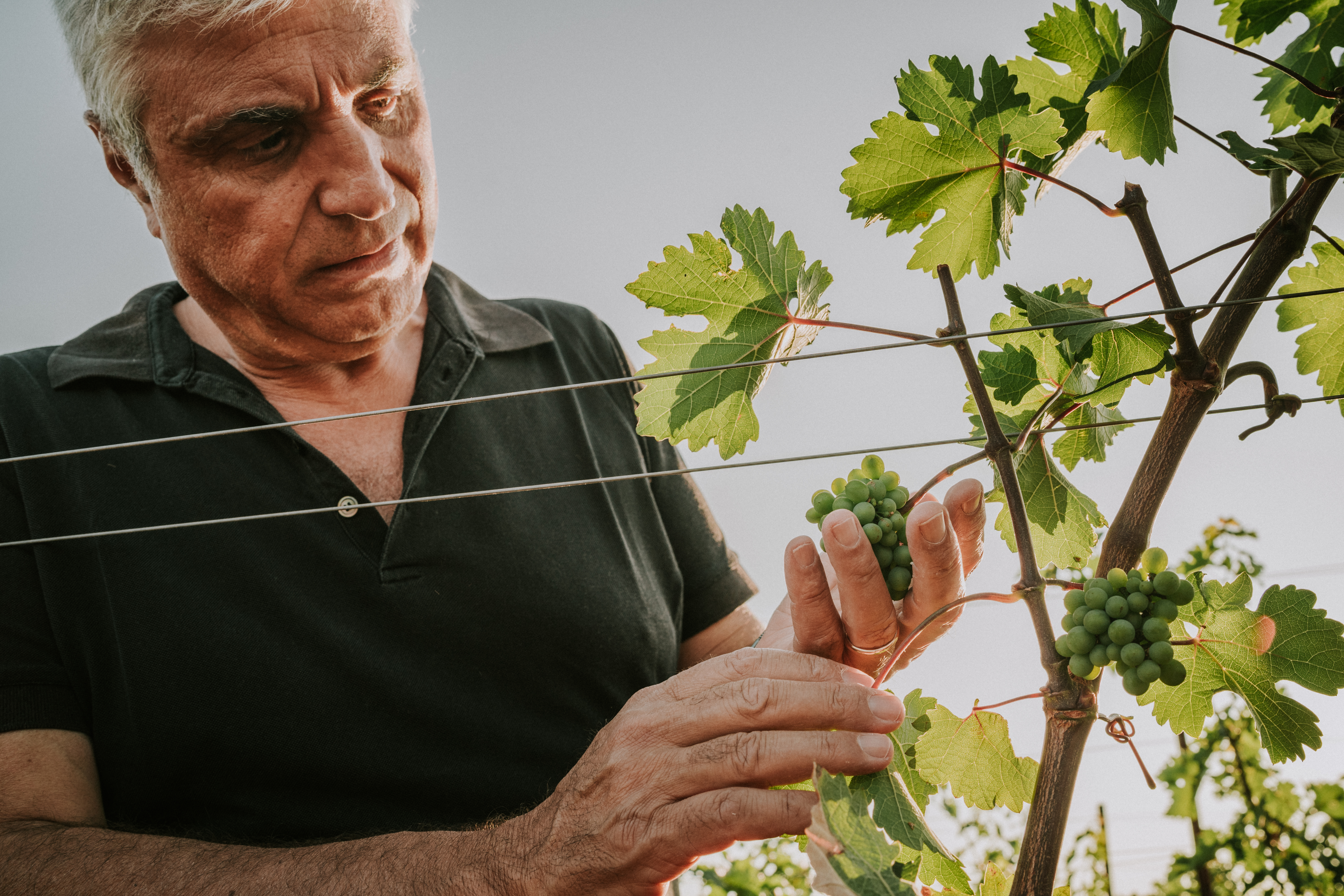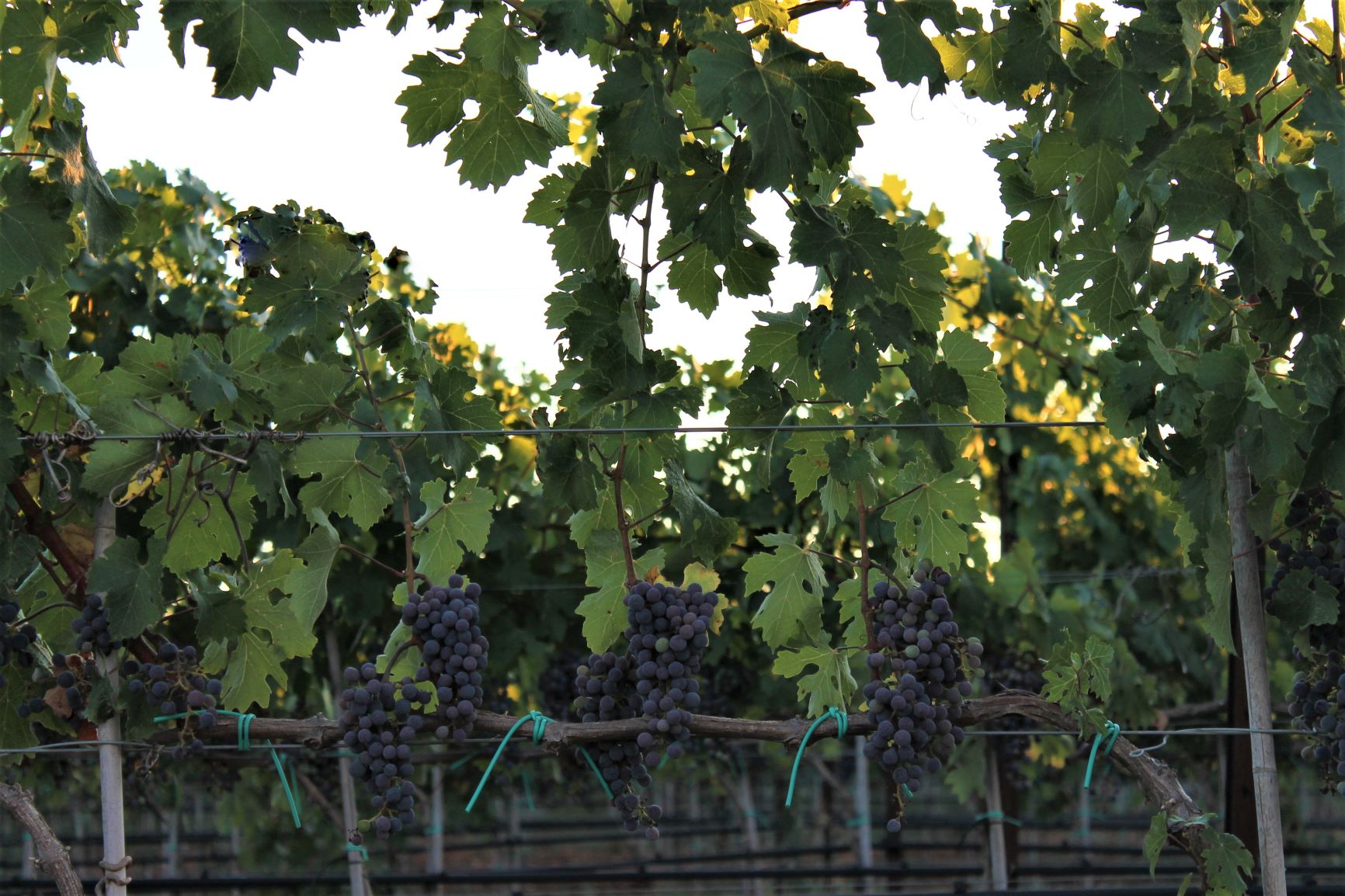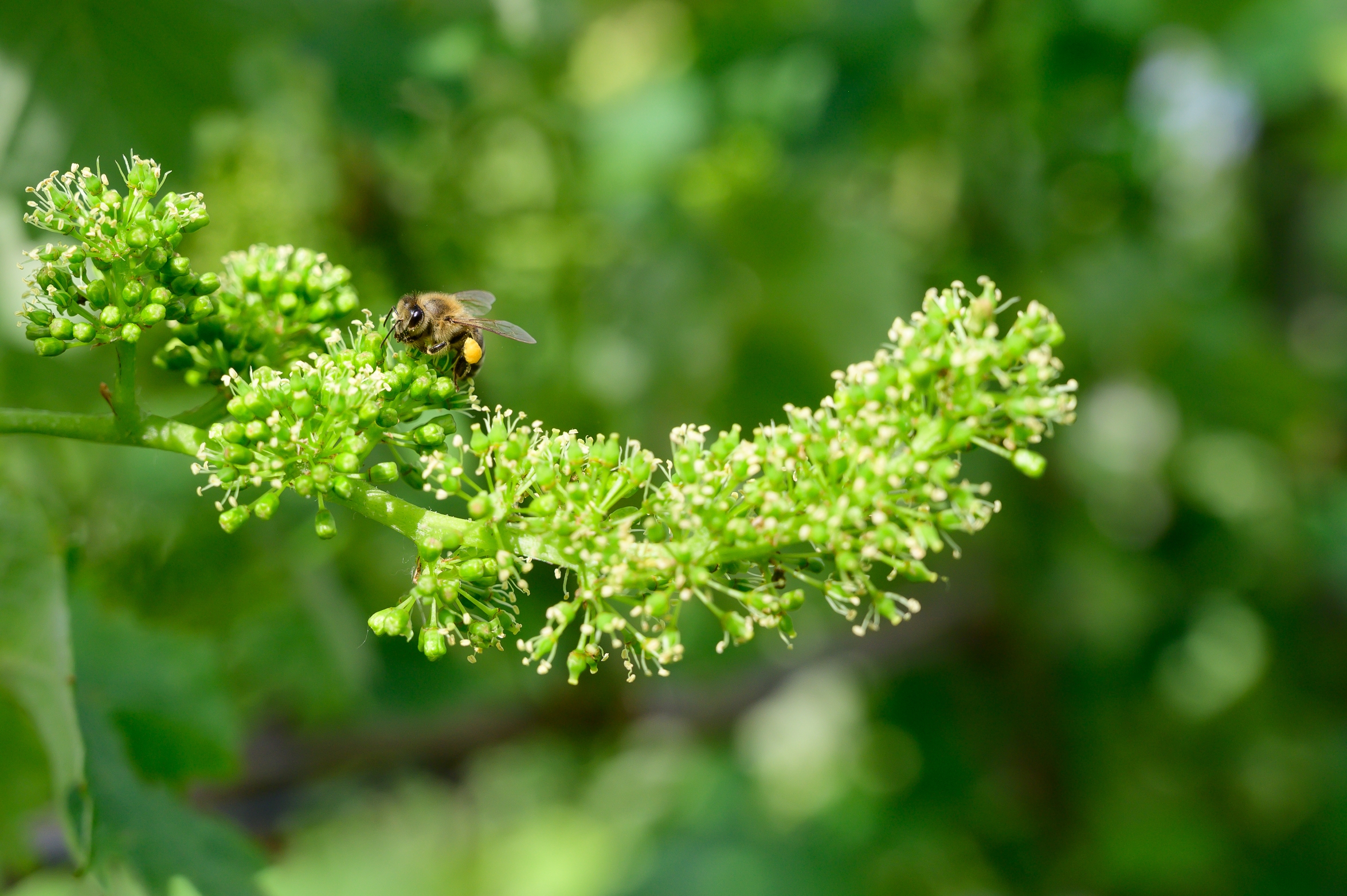Is there a link between a production area and the flavour of the products it produces?

[vc_row][vc_column][vc_column_text css=”.vc_custom_1603535650533{margin-bottom: 0px !important;}”]Do climate and therefore humidity and temperature, sun exposure, type and depth of soil, altitude and microorganisms influence the taste of a product or not?
And do they influence it in such a clear and recognisable way independently of human intervention?
Today, perhaps we can answer this question in the affirmative, since researchers from the University of Utah, Salt Lake City (Food Chemistry, Volume 320, 1 August 2020) have demonstrated how mineral particles are persistent over time and characterise the aroma of coffee, which therefore acquires a different taste depending on the production area.
By taking the reverse path, the chemists at Towson University were able to trace the geological origin of the coffee bean by analysing the chemical compounds of each bean.
But the discovery that confirms the importance of terroir is that made by the chemists at New York University (Food Chemistry, Volume 321, 15 August 2020), who, by analysing molecules capable of modifying aromas, discovered how these molecules can be influenced by the low pH or by the presence of other enzymes in the soil, thus giving a product its unique characteristics.
Can we still be sure that terroir is only an invention of French winemakers?[/vc_column_text][/vc_column][/vc_row][vc_row][vc_column][vc_single_image image=”925″ img_size=”full” add_caption=”yes” alignment=”center” onclick=”custom_link” title=”terroir Ladame Vineyard Tenuta Liliana South Italy” link=”http://www.tenutaliliana.com”][/vc_column][/vc_row]








